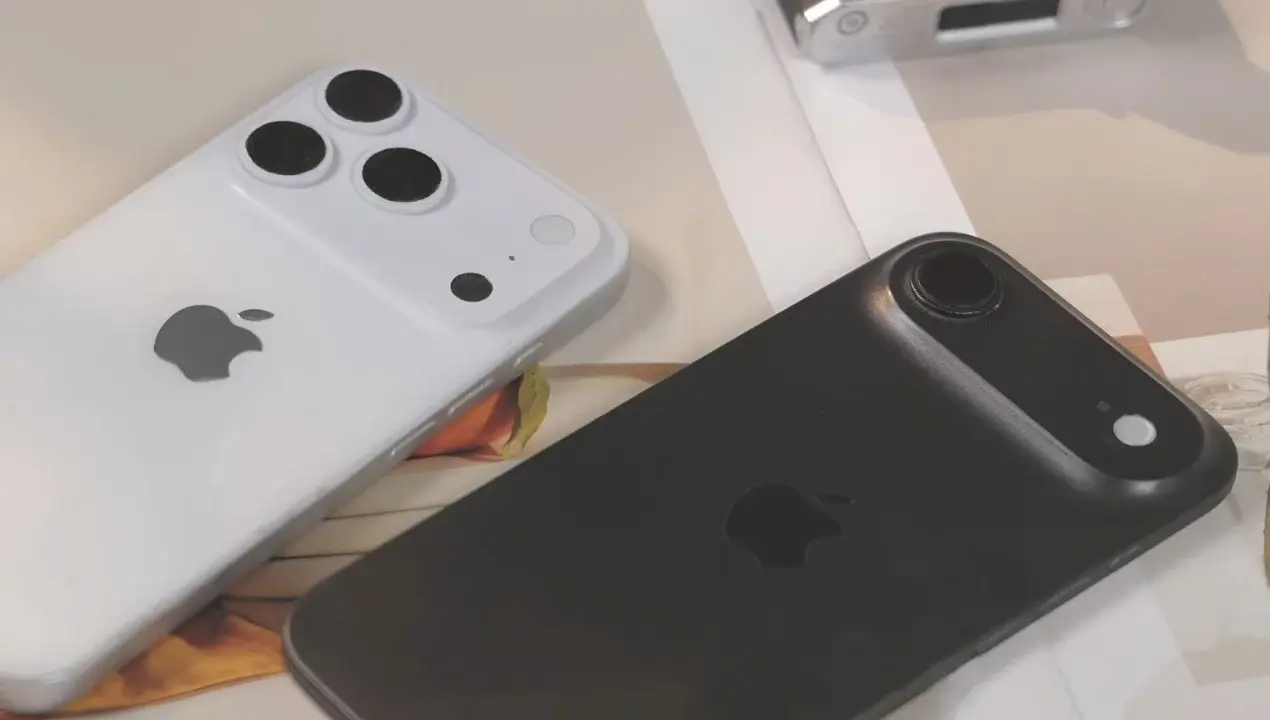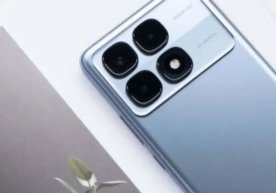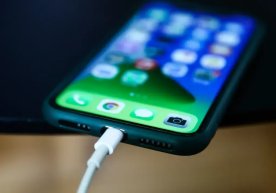How did the new iPhone 17 fail?

New mandatory endurance tests introduced in the European Union revealed serious shortcomings in Apple's latest flagship - the iPhone 17. In particular, despite significant improvements in the device's battery, it turned out that its resistance to falling and external influences is lower than competing brands, GSMArena reports.
According to the data, a special marking system implemented in the European Union determines the durability and reliability of each electronic device. According to it, the iPhone 17 Pro Max, which underwent various standardized tests, was equated to class B. This means the device can withstand only 180 falls. For comparison, last year's iPhone 16 Pro was included in the Max C class and was found to be resistant to only 90 drops. Although the indicator in the new model has doubled, it still lags behind leading competitors.
For example, the latest flagship smartphones, such as the Samsung Galaxy S25 Ultra and Google Pixel 10 Pro XL, were included in the highest category A for their ability to withstand 270 falls. This means that Apple smartphones are more likely to be damaged in everyday use. The iPhone Air Pro Max, with a much softer body, also achieved a B-class result.
The iPhone 17 also lagged behind its competitors in terms of repair capabilities. Based on the test results, it was assigned to category C. Although this is the same as Samsung, it's worse compared to Google Pixel, as the Pixel received the B class.
At the same time, the iPhone 17 Pro Max showed high battery performance. It was classified as Class A in terms of energy efficiency, and the battery life reached 53 hours. This indicator is higher than many competitors. However, there's an important point: the Apple battery is designed for only 1000 charging cycles. Samsung device batteries can last up to 2000 cycles, which practically doubles their lifespan.
Read “Zamin” on Telegram!





















